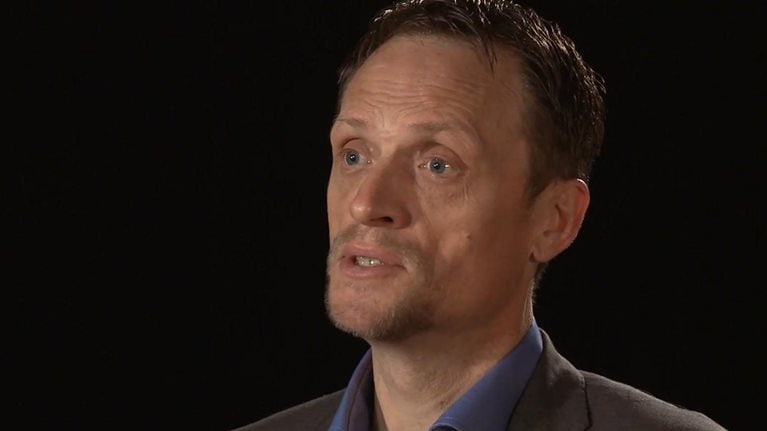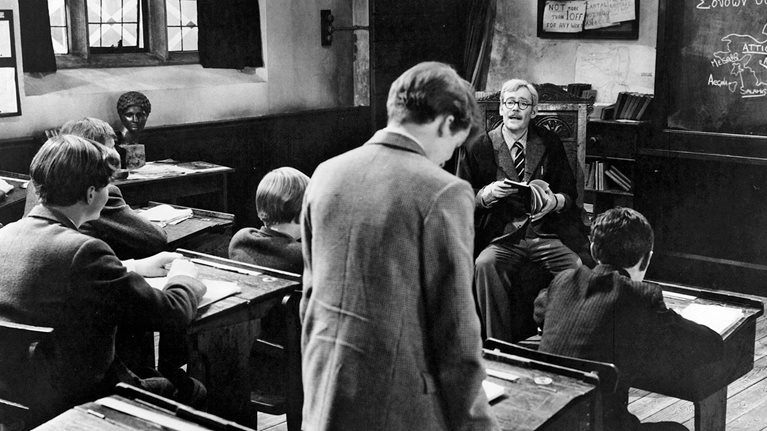McKinsey: Innovation is a big part of your new role. But some would say the US government is not known for innovation—and we're in an election year, which may be a difficult time to get things done. Do you see innovative things happening in the government right now?
Todd Park: There’s an extraordinary amount of innovation happening in the US government, and I’d say the single biggest driver is that the government is embracing the idea of open innovation—unleashing the power of the private sector, the academic sector, the nonprofit sector, and the public in general to get a lot more done than if the government tried to do everything itself. There’s a rapidly growing array of stories we can tell along those lines.
One story is the Health Data Initiative, which I was fortunate enough to cofound in 2010 with a team at HHS and the Institute of Medicine. We wanted to emulate what the National Oceanic and Atmospheric Administration had done with weather data: making it available in downloadable, machine-readable form, which led to all kinds of products and services—weather Web sites, weather apps, weather insurance—that have benefited the American people and contributed to economic growth and jobs.
There’s a lot of data in the vaults of HHS and its sister agencies—data on everything from the health of our communities to the quality of our health care providers, to information about drugs, to Medicare claims data. The idea was to do three things: first, make data available that’s never been made available before, either to the public or to qualified entities, all while rigorously protecting privacy.
Second, put out data in forms that are usable for developers. A lot of the data that HHS had made publicly available was in the form of books, PDFs, or static Web sites; we had to turn it into liquid, machine-readable data that could be accessible via application-programming interfaces.
Third, educate entrepreneurs and innovators that the data exists and is accessible. To do this, we used tactics that were relatively unconventional for the government: code-a-thons, meet-ups, and gatherings called “Datapaloozas” that we began hosting in 2010.
McKinsey: You used the term “liquid data,” which presumably means downloadable data that can be used by third parties. What are some examples of data that is publicly available but not liquid?
Todd Park: Here’s a good example: at HHS we had an online directory of all the community clinics in the United States. You could go to the Web site and put in your zip code and pull up an HTML page listing the community clinics in your area. Third-party developers could, in theory, write a crawler [program] to extract and scrape that data—but any of us who’ve actually built crawlers know we do not want to use them for mission-critical activity. So we made the data available in a downloadable file, and now third-party developers can upload that data into their platforms.
There’s a mobile and Web app called iTriage, for example, that lets you enter your symptoms; then it identifies the best local provider and helps you book an appointment with that provider. iTriage uploaded our directory of community clinics, and within a year 115,000 citizens got connected to community clinics through iTriage.
McKinsey: A lot of what you've just described involves changing the behavior of government and of citizens. What were some of the most successful techniques and incentives you used to do that?
Todd Park: I think the Datapaloozas were key. The approach we took at HHS was to convene a group of 40 leading minds in the technology and health care arenas, and we put a pile of data in the room and said, “If you had this data, what would you do with it?”
Over the course of about eight hours, they brainstormed different applications and services. At the end of the meeting, we challenged them to come to the first Health Datapalooza—90 days later—and see if they could actually build what they had just brainstormed. The two criteria for products and services at Datapaloozas are that they must provide concrete value and have a sustainable business model; the Datapalooza is not meant to showcase stuff that’s purely academic or theoretical. Well, these innovators showed up 90 days later with more than 20 brand-new or upgraded products and services.
The Datapalooza had two important effects. One, it inspired entrepreneurs and innovators to get involved. Two, it gave us ammunition to liberate more data. Some folks within the government were adopting a “wait and see” attitude about data liberation. They weren’t ideologically opposed—it’s just that they said, “We’ve got a lot to do, so why should we invest in this?” We invited them to the Datapalooza, and when they saw that in 90 days these amazing innovators had taken open data and turned it into fully functional new products and services to advance their mission, they were blown away.
McKinsey: Let's talk about how you scale this. Many agencies might say, “I'd like to make my data liquid, but I have a lot of other priorities. How and where do I start?”
Todd Park: HHS expended an extremely modest level of effort and resources to engage in the activities I just talked about. The data was already in our vaults. As for marketing, we’re not talking about Super Bowl ads—it’s meet-ups, it’s code-a-thons, it’s Datapaloozas.
About 20 new or upgraded apps and services debuted at the 2010 Datapalooza, 50 at the 2011 Datapalooza, and this year 230 companies have thrown their hat in the ring. The total taxpayer dollars spent building all these offerings? Zero. We didn’t give anybody a grant. We didn’t procure any of this stuff. We just took data that we already had, put it into the public domain, made it machine readable, and in a very inexpensive fashion let people know it was there. American entrepreneurs and innovators did the rest at blinding speed.
We constantly talk about “Joy’s Law,” named after Sun Microsystems cofounder Bill Joy, who once famously said, “No matter who you are, most of the smartest people work for somebody else.”
McKinsey: Let's look ahead. You've been in this role for a couple of months. What's at the top of your agenda?
Todd Park: We’re going to clone the Health Data Initiative in other sectors, such as energy, education, and public safety. For example, we just launched Safety.Data.Gov with 700 data sets that relate to all aspects of safety: transportation safety, product safety, community safety, consumer safety, industrial safety. We hosted our first Safety Data Jam with 40 innovators.
McKinsey: So a big chunk of your agenda is replicating the Health Data Initiative. Anything else?
Todd Park: Yes—fanning the flames of entrepreneurship in the government by using a philosophy called “lean start-up.” Government is obviously not a start-up, but initiatives to effect change are best thought of as start-ups: you want a small interdisciplinary team, and you want to go to market with the simplest possible thing that consumers will actually use so that you can start learning from actual experience and then iterate rapidly. Cycle times of updating your product are days or weeks—not months—long.
Contrast this with the traditional mode of making change happen in a large organization, which is the “waterfall” process: spend six months coming up with some brilliant strategy, another six months doing a great operational plan, then six more months building a great systems plan. A year and a half later or more, you launch an aircraft carrier that sinks immediately.
The mode of operation I used at HHS was not waterfall—it was the iterative, rapid prototyping process. It worked incredibly well.
McKinsey: Many private-sector entrepreneurs would say that to make this iterative approach successful, you have to be comfortable with failure?
Todd Park: Absolutely. And I can say this from experience: if something that takes 18 months and costs a ton of money results in failure, that’s catastrophic. But if four days of effort by a three-person team doesn’t pan out, that’s completely acceptable, right? The lean start-up model is the best risk-management methodology you could adopt; the cost of failing is exceedingly tiny.
I actually think what’s even more dangerous than catastrophic failure is mediocrity. At least you can recognize catastrophic failure, whereas a lot of waterfall processes don’t do us the favor of failing—they just produce something mediocre and deeply entrenched. It’s ironic that we use the waterfall approach precisely because we think it’ll help us manage risk, when it’s probably the riskiest approach to making change happen: I’m going to wait 18 months to engage with my customer? That’s crazy!
McKinsey: Let's say you're successful with this group of innovators from within and outside government. How will you then build the capabilities of government employees so that they are able to say that they can do this themselves?
Todd Park: Well, there are tool kits about how to do lean start-up. We also think mentoring—from folks who have experience doing lean start-up in both the public and private sectors—will be a critically important element of the experience.
But my hypothesis is that it’s less about training and more about signaling—giving people permission to do what they intuitively understand is the smart thing to do. There are many talented innovators and naturally gifted entrepreneurs in the US government; they don’t think the way government currently runs is sane or optimal, and if given the signal that they can do it in a different way, they will. It’s helpful to give them case studies, principles, tools—but frankly they already know how to do this. You just have to unleash their mojo to do so.
That’s what I want my legacy to be: to demonstrate that government can act in lean-start-up mode to make change happen, and to unleash the innovation mojo of the many talented innovators across government.


